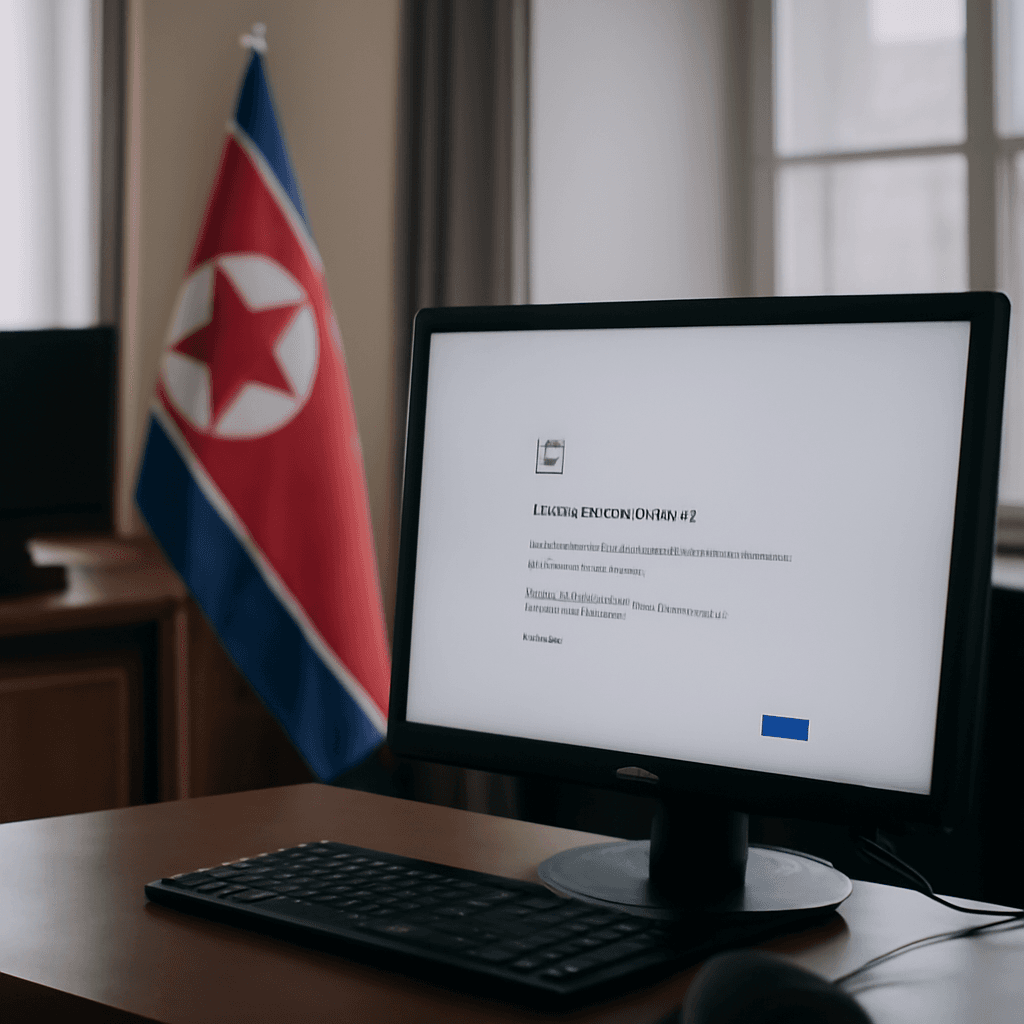Microsoft Warns of Active Cyberattacks Targeting SharePoint Servers Worldwide
In a stark wake-up call to organizations around the globe, Microsoft has revealed a series of active cyberattacks targeting its widely adopted SharePoint collaboration software. This vulnerability jeopardizes not only private businesses but also government agencies, raising alarm bells across multiple sectors relying on SharePoint for their document management and teamwork.
What We Know About the SharePoint Vulnerability
The Cybersecurity and Infrastructure Security Agency (CISA) recently confirmed that the flaw provides malicious actors with unauthenticated access to SharePoint servers. This means attackers can navigate file systems freely, access sensitive content, and even execute arbitrary code remotely—without needing valid credentials.
Such unauthorized access has serious implications, potentially exposing confidential files, enabling persistent backdoors, and paving the way for further infiltration into connected systems.
Patch Status and Remaining Risks
Microsoft has responded by releasing patches for two versions of SharePoint. However, a 2016 iteration remains vulnerable, with Microsoft actively working on a fix. While patches are available, cybersecurity experts caution that risk remains until all versions are secured.
Importantly, this attack affects on-premises SharePoint servers, not the cloud-based Microsoft 365 platform. Still, given SharePoint’s integration with critical tools such as Outlook and Teams, a compromised server can rapidly become the entry point for broader organizational breaches.
Expert Insights: Why This Breach Is Particularly Dangerous
European cybersecurity firm Eye Security, the first to identify the flaw, noted a concerning facet: hackers can impersonate users or services even after the server is patched—leading to persistent risks.
Michael Sikorski, CTO of Palo Alto Networks’ Unit 42 threat intelligence team, warned, "Once inside, attackers are exfiltrating sensitive data, deploying backdoors, and stealing cryptographic keys." His statement underscores how the vulnerability not only facilitates entry but also long-term control of victim systems.
Underreported Context: The Broader Implications of SharePoint Vulnerabilities
While headlines focus on the immediate threat, this incident opens a larger conversation about enterprise dependency on legacy software and the risk of delayed patch deployments. Many organizations still operate outdated versions due to compatibility or IT complexity, heightening exposure.
It also highlights a critical gap in safeguarding on-premises infrastructure amidst growing cloud adoption—reminding entities that hybrid environments bring complex security challenges.
Recent Spin-off: IT Outage Raises Questions
Separately, a major US airline briefly suspended ground operations for about three hours amid an IT outage, which was resolved by early Monday morning Eastern Time. Though no direct link to the SharePoint attack has been confirmed, the situation illustrates how IT disruptions can cascade into operational impacts or signal broader cyber threats.
Looking Forward: Action Steps for Organizations
- Immediate patching: Apply Microsoft’s latest SharePoint updates without delay.
- Comprehensive system audits: Identify and remediate any lingering vulnerabilities, especially on legacy versions.
- Network segmentation: Limit SharePoint server access to minimize lateral movement risks.
- Continuous monitoring: Deploy advanced threat detection to spot anomalies linked to this exploit.
- User training: Reinforce security awareness since phishing or credential theft may complement exploitation.
Editor's Note
This unfolding security crisis serves as a sobering reminder of how interconnected enterprise IT ecosystems have become—and how vulnerabilities in one widely used software can cascade into far-reaching consequences. As hybrid infrastructures become the norm, organizations must balance innovation with relentless vigilance against evolving threats. Readers are encouraged to evaluate their cyber defense strategies, ensuring legacy systems do not become unattended entry points for attackers.
Moreover, this episode raises critical questions: Are corporate and government cybersecurity policies agile enough to respond to zero-day exploits rapidly? How can organizations better coordinate fixes across sprawling IT landscapes without disrupting essential operations?
Staying informed and proactive remains the best defense in this rapidly shifting cyber threat landscape.
















